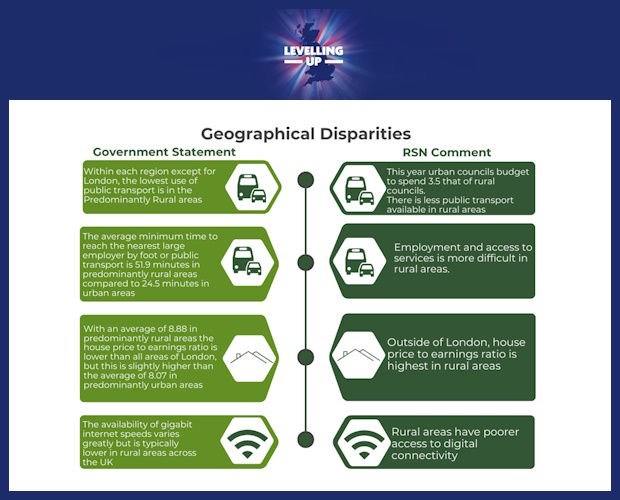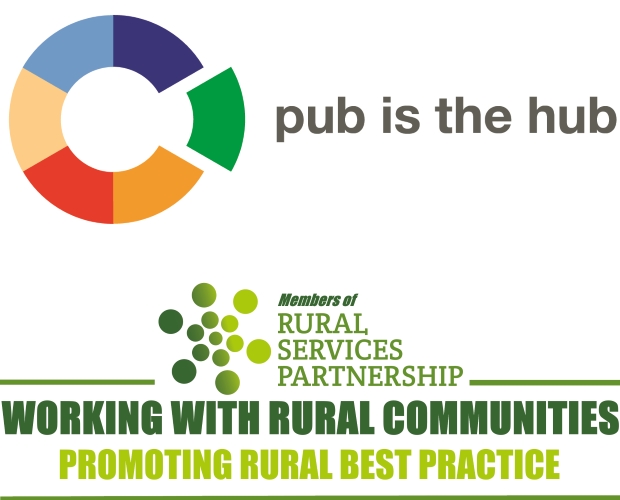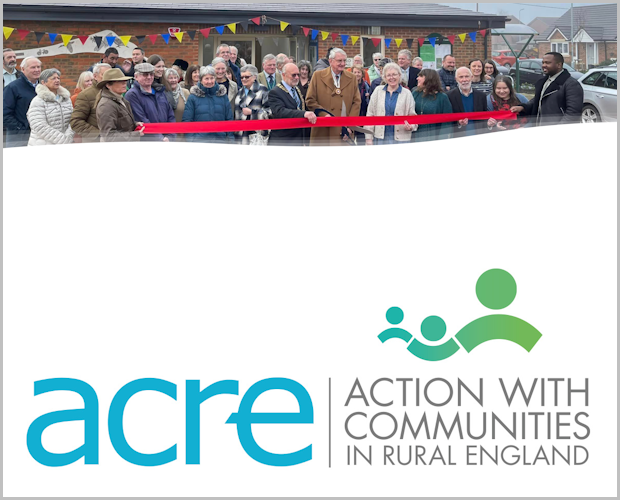T: 01822 851370 E: admin@sparse.gov.uk
Poor social mobility in rural areas
 Many of the places where people from disadvantaged backgrounds are least likely to make social progress are rural areas, notes Brian Wilson.
Many of the places where people from disadvantaged backgrounds are least likely to make social progress are rural areas, notes Brian Wilson.
Shortly before standing down the Social Mobility Commission published its fifth annual State of the Nation report. That 2017 report focuses on the geography of social mobility, posing the question: where in the country are people from disadvantaged backgrounds most likely and least likely to make social progress?
To answer this, the Commission made use of 16 indicators about people’s education, employment and housing prospects.
Its labour market measures include how many of those on low pay in 2006 were better paid by 2016 and how many professionals come from a working class background.
See also: Rural places among worst for social mobility
Its education system measures include whether children on free school meals obtain good GCSE grades in maths and English, and whether youngsters from working class households go to university. Housing market measures include the level of home ownership amongst those aged under 44.
The Commission considers that, overall, social mobility has worsened as the number of insecure jobs has grown and as a result of house price inflation. Better progress has been made with raising standards in the education system.
The geographic pattern identified by this report should be of interest to readers of RSN online, not least because the headline finding is that places with the least social mobility are concentrated in remote rural or coastal areas and in former industrial areas.
Best v worst
Measured against the 16 indicators, those places which perform worst (called social mobility coldspots) are West Somerset, Newark & Sherwood, Weymouth & Portland, Corby, Carlisle and Allerdale. The very best performing places (called social mobility hotspots) are urban, but close behind are a few rural places such as Uttlesford, North Kesteven and Craven.
The report highlights five messages, the first is which is that there is a huge divide between London (plus its commuter best) and the rest of England. The strength of the south east labour market and London’s excellent schools make it a winner in terms of social mobility. Indeed, the top thirteen mobility hotspots are all London boroughs.
A second message is that the inner cities are no longer the worst performing areas for social mobility. Whilst they still have issues, many have experienced economic growth and regeneration.
As noted, a third point is that the “new social mobility coldspots” are rural or coastal areas and former industrial areas, many of them in the midlands. Often they combine poor educational outcomes with weak labour markets, characterised by low-skill, low-pay employment opportunities. Only 14% of disadvantaged youngsters from rural coldspots go on to university, compared with 27% in hotspot areas.
Affluence
A fourth message is that there is no direct correlation between affluent areas and high social mobility areas. Although the two often overlap, this is certainly not the case everywhere. Various boroughs in the east end of London are mobility hotspots and (conversely) districts such as Chichester and Cotswold have relatively low social mobility.
The fifth and final conclusion in the report is that local policy action can make a difference. The Commission argues against falling into “a weary sense of inevitability” and cites actions in some areas (for example) to improve schools, ready young children for school and improve careers advice to disadvantaged youngsters, which have helped stem the transmission of disadvantage from one generation to the next. However, they warn that all too often good initiatives are short-term or do not get embedded in local policies.
The report recommends that local authorities develop strategies to improve the outcomes for disadvantaged children, making use of pupil premium funds for that purpose. It also calls for local authorities to support collaboration between schools in isolated locations.
Other recommendations are aimed at central Government, among them that a dedicated fund should be created to assist schools in rural and coastal areas to partner with one another so they can boost pupil attainment.
Public spending
Patterns of public spending on education, employment and housing are seen as, if anything, exacerbating the divide. Although it does not make a particular rural case, the report notes just how much transport and education spending is going into London.
Summing up, the report concludes that the divisions it identifies are having a corrosive effect on cohesion: that resentment is being stoked in places where residents feel they have been left behind, are not getting a fair chance and are not benefitting from progress.
This is a report which does not pull its punches. Whatever one makes of that, it presents hard evidence and its conclusions about some rural areas have a ring of truth to them. Whilst its message about the need for local action is reasonable enough, that would surely be aided if its (other) message about skewed resource allocation was acted upon.
This article was written by Brian Wilson whose consultancy, Brian Wilson Associates, offers policy research and support. He can be contacted at brian@brianwilsonassociates.co.uk Areas of specialism include rural policy and proofing, local economic strategies, public service delivery and neighbourhood plan support. He is a Director of Rural England CIC.
SIGN UP TO OUR NEWSLETTER
Sign up to our newsletter to receive all the latest news and updates.









